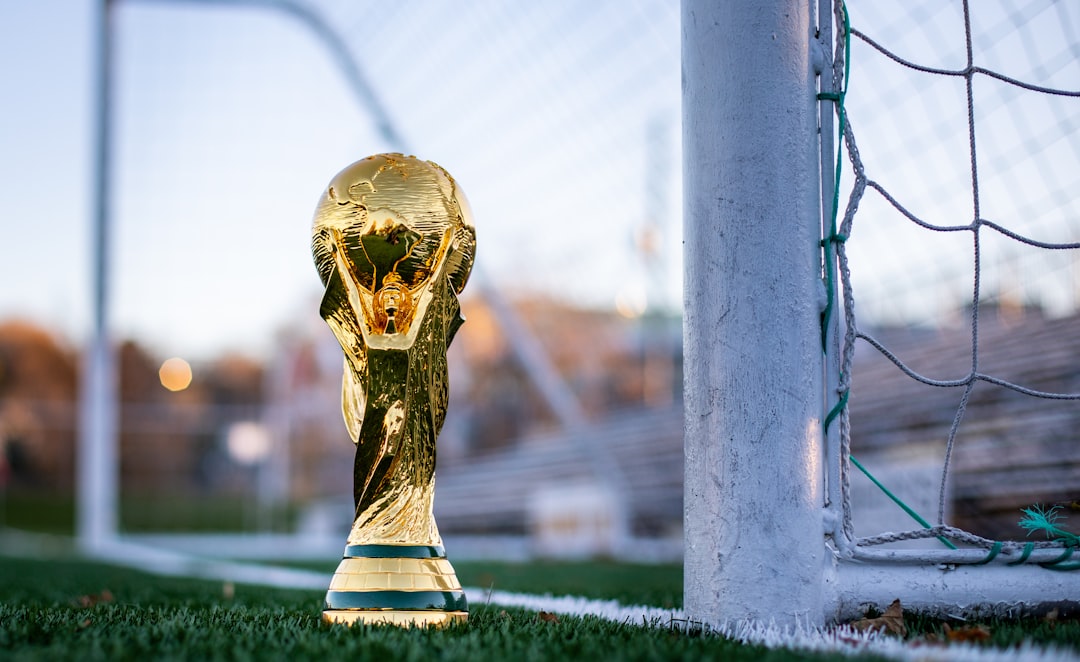
The World Cup is not just about the excitement on the pitch; it’s also about the stories and voices that bring the beautiful game into our homes. As we look forward to the 2026 World Cup, one of the most thrilling trends is the increasing presence and influence of women in media coverage of this global phenomenon. It’s a change that’s not just overdue but a refreshing evolution reflecting the dynamic nature of football itself.
The Path to Representation
Historically, sports media, especially in football, has been a male-dominated arena. However, a significant shift has been occurring over the last decade. This change is epitomized by trailblazers like Jacqui Oatley, who became the first female football commentator on the BBC’s Match of the Day in 2007. Her debut opened doors and inspired a new generation of female journalists and broadcasters.
Today, women are making their mark in different capacities, from sideline reporters to expert analysts and lead commentators. Their presence not only diversifies perspectives but enriches the storytelling that makes tournaments like the World Cup so compelling.
Breaking Through the Glass Ceiling
For women in sports media, breaking through the glass ceiling has required talent, dedication, and resilience. Names like Alex Scott, a former England international turned pundit, and Renee Young, who made her name covering wrestling and moved to football broadcasting, resonate with fans and underline the breadth of expertise women bring to the table.
- Alex Scott: Known for her insightful commentary, Scott has become a household name among football fans worldwide. Her transition from playing to analyzing games offers a player’s perspective that fans deeply appreciate.
- Kate Abdo: Hosting major events, Kate’s versatility and command of multiple languages have made her a favorite among international audiences.
- Ana Jurka: Covering World Cups for Telemundo, Ana has become an authoritative voice in the Spanish-speaking football community.
These women, and many others, are not only enriching broadcasts but are also influential role models for aspiring young journalists worldwide.
The Impact on Football Culture
The increasing representation of women in World Cup media coverage is reshaping football culture. Fans are more connected to the sport when they see it represented by a broader spectrum of society. Moreover, these voices often highlight stories that might otherwise be overlooked, enriching our understanding of teams, tactics, and the broader cultural significance of football.
This evolution in coverage also challenges outdated stereotypes, presenting a more inclusive picture of what football fandom looks like. As we’ve seen in recent women’s tournaments, the interest in and support for women’s sports is growing exponentially. This trend might be a huge boost for Team USA’s chances when more diverse stories and voices contribute to football’s dialogue.
Moving Forward
As we gear up for World Cup 2026, we can look forward to even more diverse and engaging coverage. With each tournament, the landscape is becoming more inclusive, offering a platform for talent irrespective of gender. This positive trend fostered by broadcasters who understand the value of inclusive representation is pivotal for the long-term popularity of the sport.
Football is not just about the teams who win or lose; it’s about the stories that make us dream, argue, and cheer with unbridled enthusiasm. With more women contributing to these stories, the beautiful game becomes even richer and more vibrant.
What are your thoughts on how this change impacts the viewing experience? Share your views and stay updated with the latest from the World Cup media scene at CupVibes.com!


